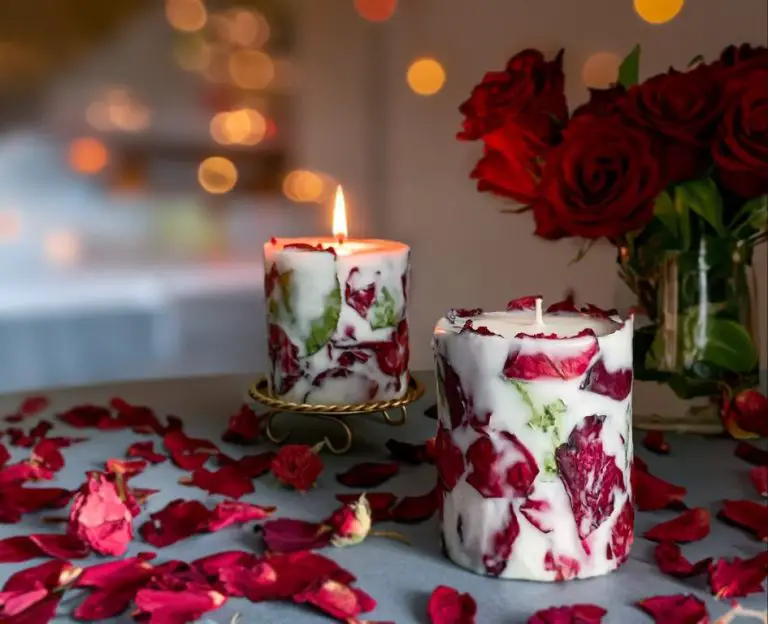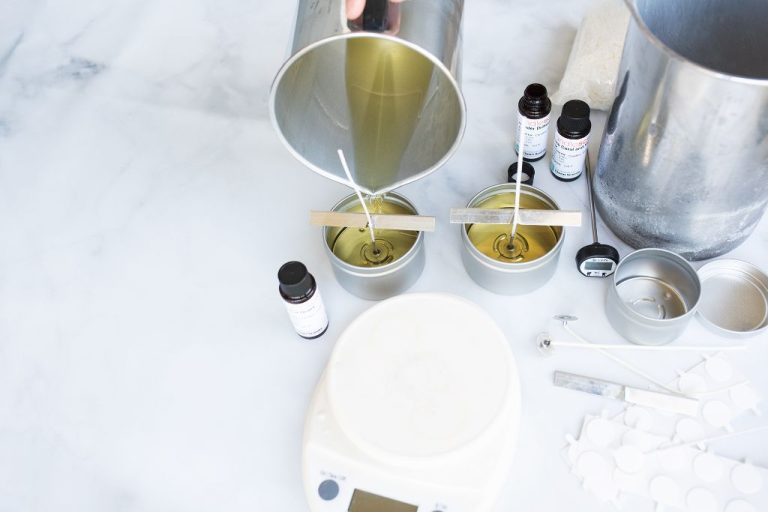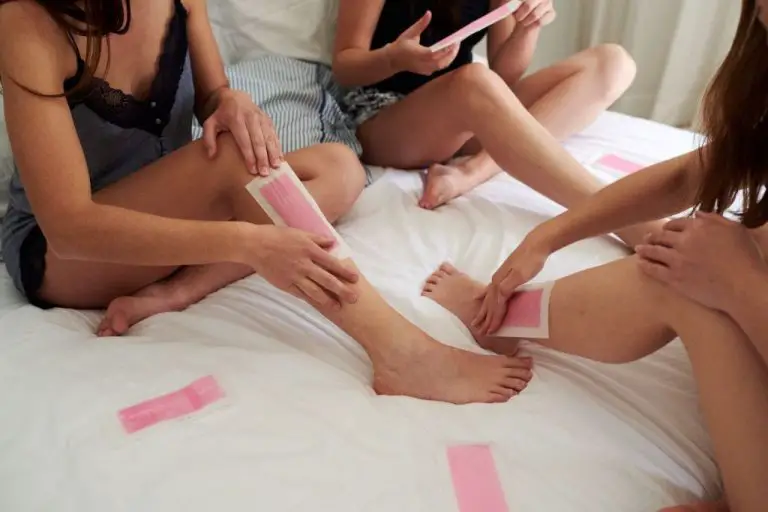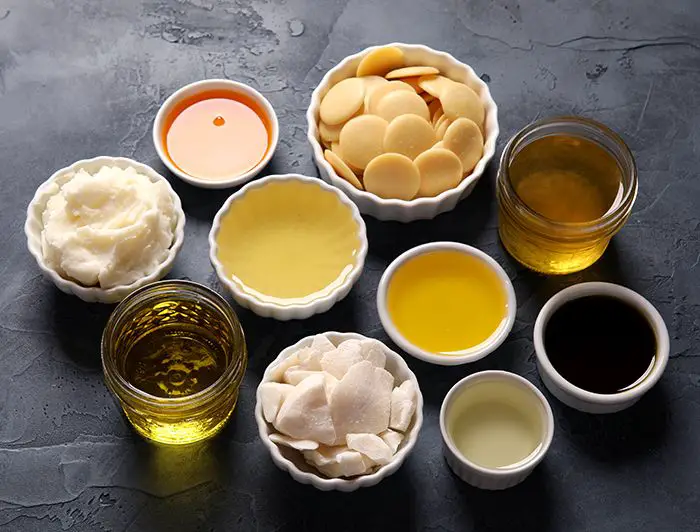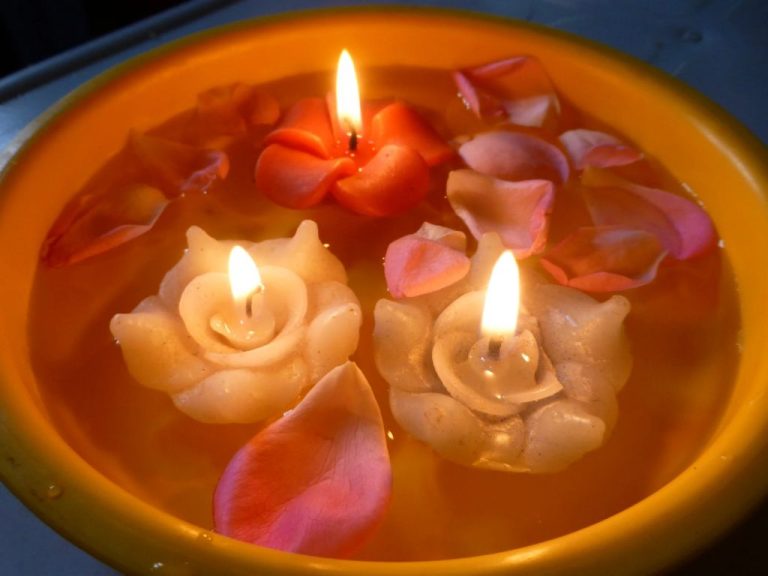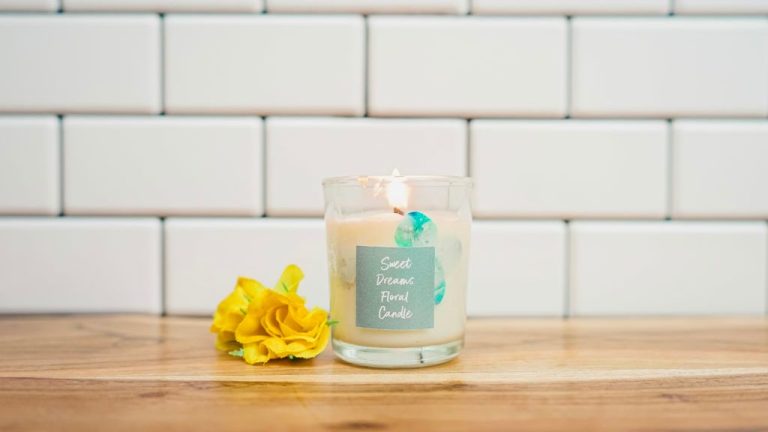What Equipment Is Needed To Make Soap?
Soapmaking is the process of making soap from basic ingredients like oils, water, and an alkali like lye. To make soap at home, you’ll need some basic equipment like a stainless steel pot, scale, thermometer, stick blender, and molds. With the right setup, you can make a variety of soaps including cold process soap, hot process soap, melt and pour soap, and liquid soap.
The basic equipment needed for soapmaking allows you to safely handle lye, measure and mix ingredients, blend the soap batter, and pour it into molds. Specialized tools like log splitters or stamping tools let you customize the look of your finished soaps. Safety gear like goggles, masks, and gloves protect you when using lye. Things like soap cutters, packaging supplies, and curing racks allow you to finish off your soaps.
Having the proper equipment on hand makes the soapmaking process much easier. This guide will cover all the essential equipment needed to make soap at home, from basic pots and scale to specialized tools for designing custom soaps.
Basic Equipment
There are a few basic pieces of equipment that are essential for making soap at home. According to https://thenerdyfarmwife.com/soapmaking-equipment-list/, the basic equipment needed includes:
A large stainless steel or enamel pot is necessary for mixing and cooking the soap ingredients. Stainless steel does not react with the lye and is easy to clean. Enamel pots work as well but can be more delicate. The pot needs to be big enough to allow room for the soap mixture to cook and expand.
Multiple rubber spatulas are handy for mixing the soap and scraping the sides of pots and bowls while mixing. Silicone spatulas are ideal since they are heat resistant and won’t absorb oils.
Several mixing bowls in various sizes made of stainless steel, glass, or plastic are useful for preparing the lye solution, melting oils, mixing colors and fragrances, and holding measured ingredients. Bowls with pour spouts can help prevent spills.
An accurate digital scale is vital for precisely weighing the lye and other ingredients. A scale that measures ounces and grams is preferred. Proper weighing of ingredients is crucial for soapmaking safety and success.
Specialized Equipment
Making soap from scratch requires some specialized equipment beyond basic kitchen tools. Here are some of the key items needed:
Soap Molds – Soap molds come in many shapes, sizes, and materials like wood, silicone, and plastic. The mold determines the final shape of the soap bar. Silicone molds are flexible and make unmolding easy. Wood molds give a rustic look. Choose molds appropriate for batch size.
Stick Blender – A stick blender is essential for blending lye and oils when making soap. It mixes ingredients thoroughly and quickly during saponification. Look for a stick blender with stainless steel or coated attachments.
Double Boiler – A double boiler gently heats oils and other ingredients. This indirect heat prevents scorching. Stainless steel or glass double boilers designed for soap making are best.
Thermometer – A thermometer with a range covering at least 80-170°F allows monitoring the temperature of oils and lye. This ensures ingredients stay within the ideal temperature range for saponification.
With the right specialized equipment, soap makers can safely create high quality handmade bars.
Safety Equipment
When making soap, it’s crucial to use proper safety equipment to avoid potential injury. According to the Modern Soapmaking guide, the most common precaution is to mix lye solution either outside or under an exhaust hood (https://www.modernsoapmaking.com/blog/make-handmade-soap-safely). The three essential pieces of safety equipment are:

Goggles
Protective goggles should always be worn to shield the eyes from potential splashes or fumes. Soapmaking guide from MSU recommends selecting goggles that have indirect venting for additional protection (https://www.canr.msu.edu/uploads/234/43601/SoapMakingGuidelines.18.pdf).
Rubber Gloves
Thick rubber gloves that cover the wrists should be worn at all times when handling lye solutions. The gloves protect the hands and arms from accidental spills.
Apron
A water-resistant apron can serve as an additional body barrier from potential liquid spills. Make sure the apron covers the front torso and wraps around the neck for comprehensive protection.
Additives & Scents
There are many natural additives that can be used to add beneficial properties, scents, and colors to handmade soap. Some of the most popular additives include:
Essential Oils
Essential oils not only provide a lovely fragrance, but can also have skin benefits. Common essential oils used in soapmaking include lavender, lemon, tea tree, and peppermint. Use pure essential oils and add them during the soap making process, usually when the soap has cooled, but is still in a liquid state. Be sure to research usage rates as some oils can cause skin irritation in high concentrations. Refer to SoapMakingStudio for recommendations on essential oil amounts.
Colorants
There are many natural colorants that can be used to create beautifully colored soaps. Some options include cocoa powder for brown, mica mineral powder for shimmery colors, clay for earthy hues, activated charcoal for black, turmeric for yellow, and annatto powder for orange. Refer to usage instructions, as the amount needed for vibrant colors varies widely between colorants. Many soapmakers use a combination of colorants to achieve their desired shades.
Botanicals
Dried herbs, flowers, roots, and spices can provide natural scents, exfoliation, and visual appeal. Some of the most commonly used botanicals are calendula petals, rose petals, lavender buds, oatmeal, coffee grounds, and dried citrus peels. Botanicals are usually added to the soap batter right before pouring into molds. Use around 1 tablespoon of dried botanicals per pound of soap. This Pinterest board has great ideas for botanical additives.
Packaging & Labeling
Packaging and labeling are two final touches that bring your soap from a simple bar to a professional product. They help protect your soap during shipping and storage, communicate details about the product, and give your brand an identity. Here are some key supplies to consider for packaging and labeling handmade soap:
Soap cutter: A soap cutter allows you to slice your cured soap logs into uniform bars or custom shapes and sizes. Wire soap cutters with adjustable cutting wires are common. Make sure the cutter is sturdy and creates clean cuts.
Shrink wrap: Shrink wrap is a plastic film that shrinks tightly when heat is applied, protecting bars from moisture, contaminants, and physical damage. A hair dryer on a low setting can be used to shrink wrap soap. Choose food-safe, BPA-free shrink wrap.
Stickers for labeling: Adhesive labels are an easy way to brand your soap and communicate details like the soap name, ingredients, weight, etc. Choose waterproof stickers designed for bath products. Order custom designs or print your own labels at home.
Other useful packaging supplies are soap boxes, bags, shrink bands, gift tissue, and sealable cellophane bags. Prioritize eco-friendly and plastic-free packaging whenever possible.
Cleaning & Prepping
Before making soap, it is important to thoroughly clean all equipment and surfaces to remove dirt, grease, and bacteria. All pots, utensils, molds, and tools should be washed with hot soapy water.
The work surface area should also be cleaned and sanitized. Wipe down countertops with a multi-surface cleaner or a 50/50 vinegar and water solution (Source).
Organize all ingredients and equipment before starting. Measure out all oils, colorants, and additives needed for the recipe and set aside. Assemble pots, scales, sticks blenders, molds, spatulas, and safety gear so everything is ready (Source). Having an organized workspace helps the soap making process go smoothly.
Make the Soap
Making cold process soap involves carefully combining the lye-water mixture with oils and other ingredients. Here is a step-by-step overview of the process:
1. Prepare your workspace and gather all necessary equipment and ingredients. Make sure your workspace is level, clean, and dry. Have molds, additives, fragrances, and packaging materials ready.
2. Weigh out the oils and fats. Using a digital scale, carefully weigh out the oils, butters, and fats called for in your recipe. Melt any solid oils or butters on low heat if needed.
3. Make the lye solution. In a well-ventilated area and wearing gloves and eye protection, slowly add lye flakes or beads to the required amount of cold distilled water in a non-aluminum container. Stir gently until dissolved. Allow to cool.
4. Combine the lye-water and oils. When both mixtures are around 100-110°F, slowly and carefully pour the lye-water into the oils, stirring constantly. Use a stick blender to fully incorporate for 1-2 minutes until tracing occurs.
5. Add fragrance, colors, or additives. Once traced, quickly stir in essential oils, soap colorants, botanicals, clay, or other additives as desired. Work quickly to retain trace.
6. Pour into molds. Carefully pour the traced soap batter into silicone molds or wooden mold lined with freezer paper. Tap the molds to release air bubbles.
7. Insulate the molds. Place molds in an insulating box or wrap in towels to retain heat during saponification. Allow to sit 12-24 hours.
8. Unmold and cut. Carefully unmold the soap and cut into bars. Allow bars to finish curing for 4-6 weeks before use.
Take precautions at each step – work in a well-ventilated area, wear protective gear, avoid direct contact with lye, mix lye solution carefully, incorporate oils fully, and follow proper molding and curing steps.
Curing & Storing
Proper curing is an essential step for handmade soap. Cold process soap should cure for 4-6 weeks before use according to experts like Bramble Berry and Soap Queen. This curing time allows the soap to harden and become milder as the chemical reaction completes. Careful storage during the curing period is key.
Cold process soap should be stored in a cool, dry, well-ventilated area during curing according to sources like Soap Queen. Excess moisture can lead to issues like glycerin dew or brittleness. Many soapmakers use wooden curing racks or boxes to allow airflow around the bars. Storing soap in a cold environment like the refrigerator can also cause problems.
Once cured, the soap should continue to be kept in a cool, dry location out of direct sunlight. Proper storage helps retain the quality and lifespan of handmade cold process soaps.
Conclusion
Making your own soap can be a fun and rewarding process. This guide has covered the key equipment needed, like pots and pans for preparing the soap ingredients, molds for pouring the soap, safety gear like gloves and goggles, and tools for packaging. It’s important for beginners to start small with basic recipes and equipment to get the hang of the process. As you gain experience, you can try more complex recipes and invest in larger pots, specialty molds, and a stick blender for emulsifying.
The main benefits of making your own soap are being able to control the ingredients and create custom scents and formulations. Homemade soap also avoids harsh chemicals found in many commercial soaps. It can be an eco-friendly hobby by allowing you to reuse containers and avoid excess packaging waste. Many homemade soaps are all natural. Another benefit is that you can customize soap to meet specific skin care needs, like creating moisturizing bars or soaps for eczema. With some patience and practice, homemade soaps can look just as professional as store-bought varieties.
Making soap from scratch provides a fun DIY project and an opportunity to create thoughtful, handcrafted gifts. With the proper safety precautions and equipment, it’s easy to get started on your own homemade soapmaking journey.

